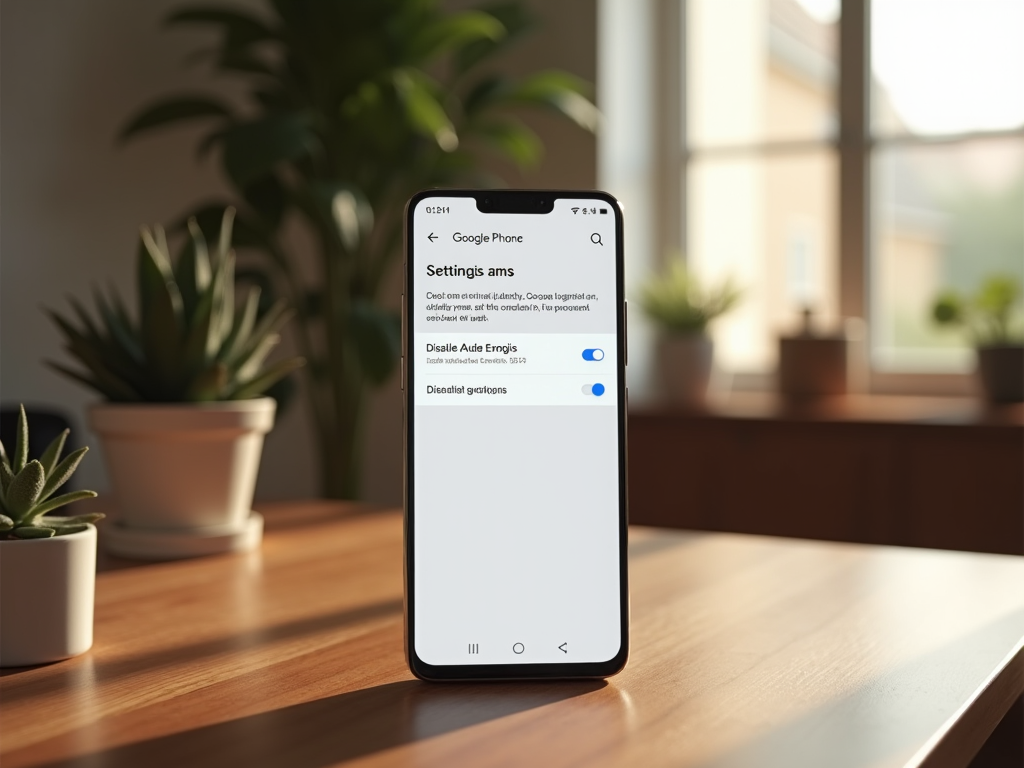Google has introduced a unique feature called Audio Emoji in its Google Phone app, captivating users with an inventive twist to enhance conversational experiences. Audio Emojis are sound bites or short audio clips that users can insert into their calls, adding an auditory layer to the standard emoji experience. This feature aims to make phone communications more engaging, interactive, and enjoyable. While some users adore the quirky charm of Audio Emojis, others find them distracting or unnecessary. Fortunately, Google Phone provides an option to disable this feature if you prefer traditional phone calls. This article delves deep into what Audio Emojis are, their functionality, and provides a step-by-step guide on how to disable them.
Understanding Audio Emojis on Google Phone

Audio Emojis transform the way we use traditional emojis by incorporating auditory elements into phone conversations. Each Audio Emoji is accompanied by a sound that aims to express emotions or reactions more vividly than visual emojis alone. For instance, the laughter emoji may include an accompanying giggle, while a thumbs-up emoji could be emphasized with a sound of applause. These audio clips play during calls, adding another dimension to communication, which can be both entertaining and innovative. However, understanding how Audio Emojis work helps to fully grasp their impact on the user experience.
The feature is designed to make calls more expressive by providing an audible sound to regular emojis. This feature can be particularly appealing to users who enjoy adding a bit of humor and personality to their voice interactions. Although modern and fun, its implementation might not suit everyone’s taste, especially for professional or formal communication settings. Thus, understanding its functionality allows users to make an informed decision about utilizing or disabling it.
The emergence of Audio Emojis speaks to a broader trend of multimedia communication, where users increasingly favor formats that blend text, visuals, and sounds. Young users, in particular, often enjoy adding layers of expression to their interactions. The interactive aspect of Audio Emojis caters to these preferences, making communication more dynamic and entertaining. Social media platforms and messaging apps have made us familiar with GIFs and sound stickers, so integrating sounds into telephone conversations is a natural evolution.
Audio Emojis can invigorate ordinary discussions, providing a playful or emotive touch to conversations. Their appeal lies in their ability to instantly convey emotions with sound, bridging gaps where words might fall short. However, while some users relish these enhancements, others might find the persistent audio clips interruptive, highlighting the need for customizable settings.
How to Disable Audio Emojis on Google Phone

If you find Audio Emojis overpowering or distracting during calls, Google Phone offers a straightforward method to disable them. This ensures that your phone conversations remain traditional and free from additional sound effects. To tailor the app to your preferences, follow this step-by-step guide:
- Open the Google Phone app on your smartphone.
- Navigate to the settings menu by tapping the three-dot icon in the upper right corner.
- Select “Settings” from the dropdown list.
- Scroll down to find the “Audio Emojis” option.
- Switch the toggle to the “Off” position to disable Audio Emojis.
Once you have completed these steps, Audio Emojis will no longer play during your phone calls. This feature can be re-enabled at any time by returning to the settings menu and toggling the option back on, allowing flexibility depending on your conversational needs.
Benefits and Drawbacks of Audio Emojis
Like any feature, Audio Emojis come with their own set of benefits and drawbacks. Understanding these can help users decide on whether to keep or disable them. Among the benefits is the ability to make conversations more personalized and engaging. For extroverted individuals or those who thrive on interaction, Audio Emojis can add life to conversations and make the communication process more vivid.
However, for those seeking concise communication without interruptions, Audio Emojis may pose a drawback. They may be considered unprofessional in certain settings, leading to possible misinterpretations during formal conversations. Moreover, the novelty might wear off quickly, turning a unique feature into a nuisance. Evaluating these factors can assist users in making the most comfortable and efficient choice.
Conclusion
Audio Emojis represent an exciting innovation in personalizing phone conversations by adding a dimension of sound to the world of emojis. While this can create a more immersive and enjoyable conversational experience, not everyone finds them fitting for their communication style. Fortunately, Google Phone makes it easy to disable Audio Emojis, ensuring users have control over their experience. Understanding both the benefits and potential drawbacks of Audio Emojis helps users make informed decisions, enhancing the overall usability of their devices.
Frequently Asked Questions
1. Can Audio Emojis be used in all types of calls?
No, Audio Emojis are typically used in calls made through the Google Phone app, and their availability might depend on your device’s specific settings and updates.
2. Do Audio Emojis affect call quality?
Generally, Audio Emojis should not affect the overall call quality. They are designed to play smoothly without interrupting the phone’s audio flow, though some users may find them distracting.
3. Are there options to customize which Audio Emojis play during calls?
Currently, customization options are limited. Users can choose to enable or disable Audio Emojis, but specific sound choices typically lack personalization settings.
4. Is there an additional cost for using Audio Emojis?
No, Audio Emojis do not incur any additional charges. They are a built-in feature of the Google Phone app intended to enhance user experience at no extra cost.
5. Can Audio Emojis be updated or expanded to include new sounds?
Yes, Google may update the Audio Emojis library with new sounds periodically, so keeping your app updated ensures access to the latest features and sound bites.





